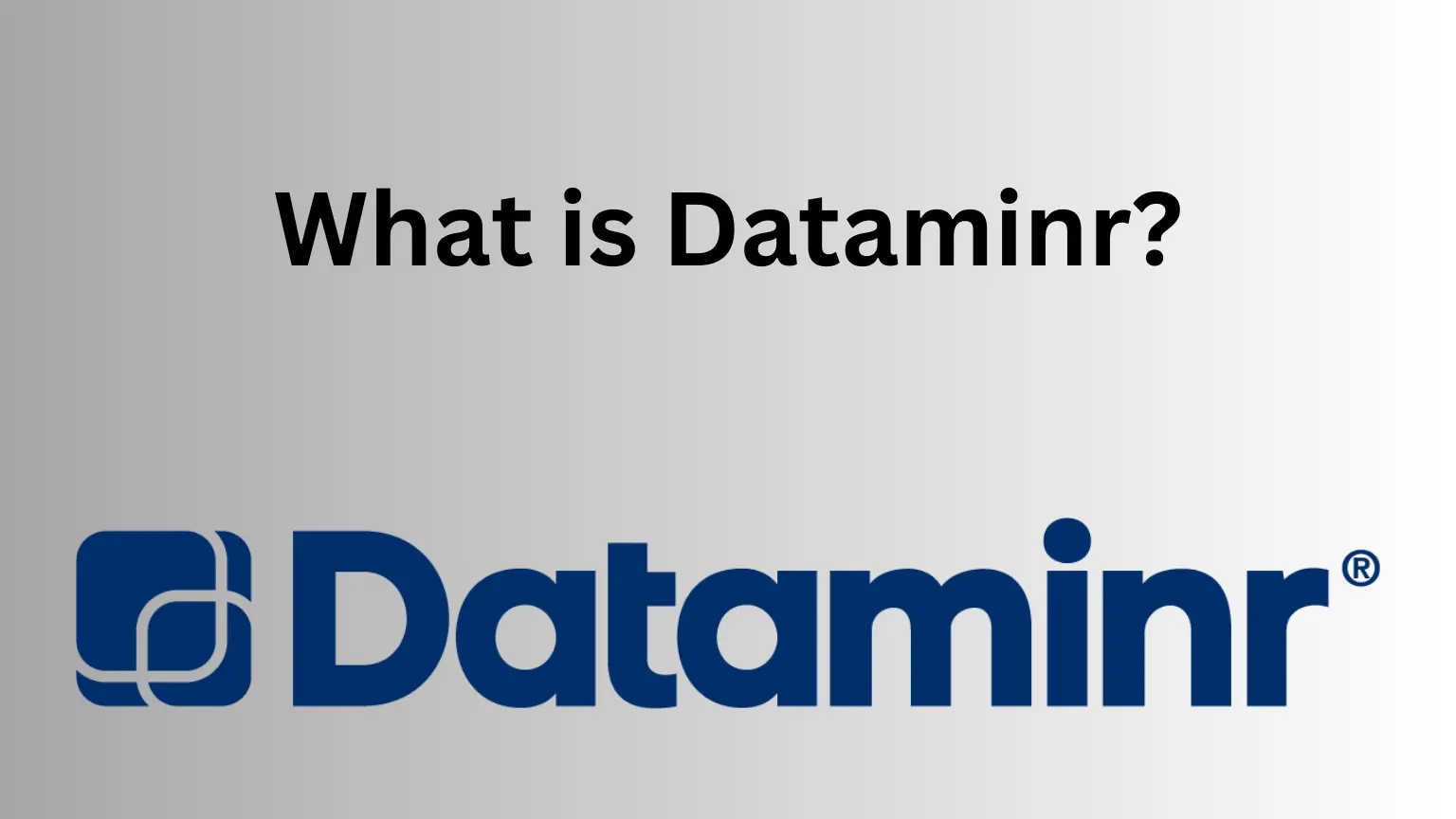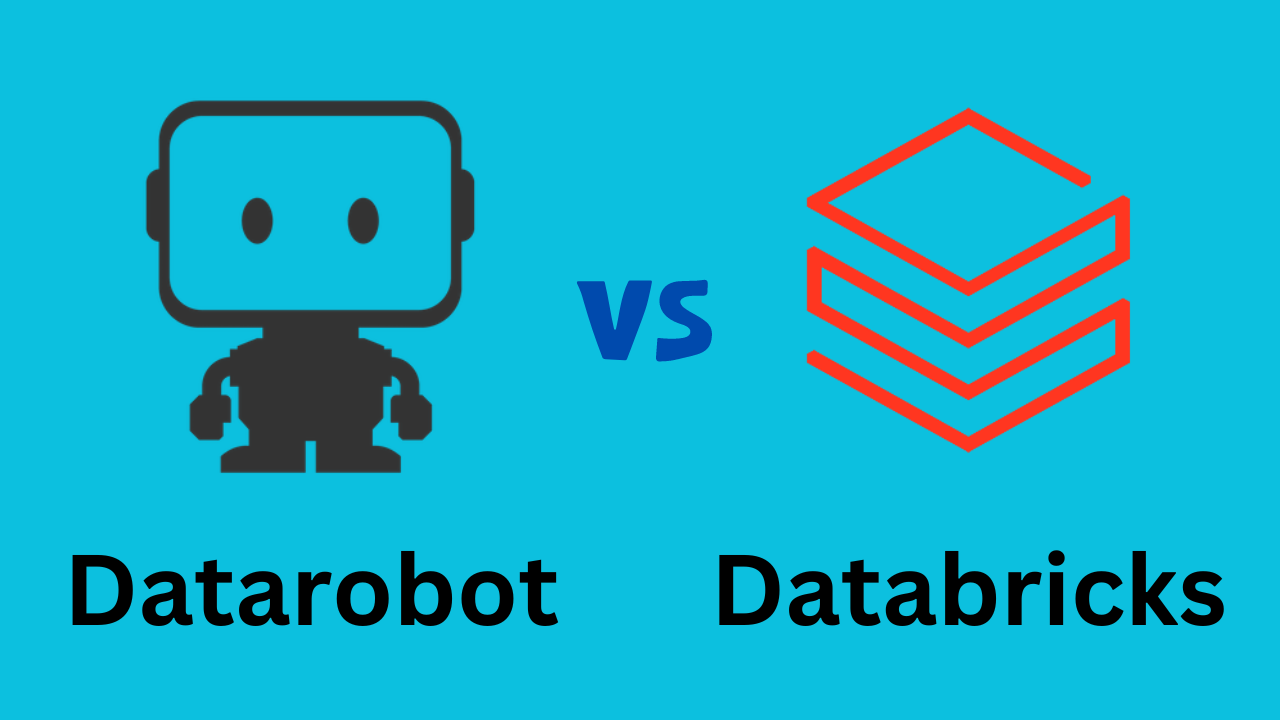API gateways are a critical component of modern application architectures, providing a centralized point of control for managing and securing APIs. With so many options available, choosing the best API gateway for your organization can be a daunting task. In this article, we’ll take a closer look at some of the best API gateway solutions on the market today, comparing their features, performance, and ease of use.
Whether you’re a developer looking to build and manage APIs, or an IT leader looking to streamline your organization’s API management processes, this article will help you make an informed decision about which API gateway is right for you.
Amazon’s ARMBench Dataset: A Comprehensive Solution for Robotic Manipulation in Warehouses
What is Best API Gateway?
An API Gateway is a server or service that acts as an API’s entry point, providing a centralized point of control for managing and routing requests to various microservices or backend services. It serves as an intermediary layer between clients (such as mobile apps or web applications) and the underlying services that fulfill those requests.
Here are some key aspects of an API Gateway:
1: Request Routing:
An API Gateway routes incoming requests from clients to the appropriate microservices or backend services based on predefined rules or configurations. It acts as a traffic cop, ensuring that each request reaches the correct destination.
2: Load Balancing:
In many cases, an API Gateway includes load balancing capabilities, distributing incoming requests evenly across multiple instances of a service to ensure optimal performance and availability.
3: Security:
API Gateways often provide security features such as authentication, authorization, and encryption. They can enforce access control policies, verify user identities, and protect against common security threats like SQL injection and cross-site scripting (XSS) attacks.

4: Request Transformation:
API Gateways can modify or transform incoming requests and responses. This includes translating between different data formats (e.g., JSON to XML), aggregating data from multiple sources, or adding metadata to requests for analytics.
5: Logging and Monitoring:
They offer logging and monitoring capabilities, allowing administrators to track request traffic, monitor performance, and troubleshoot issues. This is essential for maintaining the health and reliability of APIs.
6: Rate Limiting:
API Gateways can implement rate limiting policies to prevent abuse or overuse of API resources. This helps ensure fair and efficient resource allocation.
7: Caching:
Some API Gateways support caching responses to reduce the load on backend services and improve response times. Cached data can be served for identical requests without hitting the backend again.
8: API Composition:
In cases where an API needs to fetch data from multiple microservices or data sources, the API Gateway can aggregate the data and present it as a single response, simplifying client-side integration.
9: Version Management:
They can handle API versioning, allowing developers to make changes to APIs without breaking existing clients. Different API versions can coexist, and clients can specify which version they want to use.
API Gateways play a crucial role in modern microservices architectures and are particularly valuable when dealing with complex systems comprising multiple services. They streamline the management, security, and scalability of APIs, making it easier for developers to build, deploy, and maintain robust and efficient applications.
API Analytics Help Businesses Improve Their Digital Strategies in Different Ways
API analytics can provide businesses with valuable insights into how their APIs are being used, which can help them improve their digital strategies in several ways. Here are some examples:
1: Identify popular use cases:
By analyzing API traffic data, businesses can identify which use cases are most popular among their users. This information can help them prioritize development efforts and focus on features that are in high demand.
What is ControlNet? An Overview of the Industrial Control Network
2: Optimize API performance:
API analytics can provide detailed information about API performance, such as response times and error rates. By monitoring these metrics, businesses can identify bottlenecks and other issues that may be affecting the user experience. They can then take steps to optimize API performance and improve the overall user experience.
3: Improve developer engagement:
API analytics can help businesses understand how developers are using their APIs and what challenges they may be facing. By addressing these challenges and providing developers with the tools and resources they need, businesses can improve developer engagement and build a stronger developer community.
4: Measure ROI:
By tracking API usage and other metrics, businesses can measure the ROI of their API program. They can identify which APIs are generating the most value and which may need to be optimized or retired. This information can help businesses make data-driven decisions about their API program and allocate resources more effectively.
Overall, API analytics can provide businesses with a wealth of information about how their APIs are being used and how they can be improved. By leveraging this data, businesses can build better digital strategies and stay ahead of the competition.
Some Common Challenges in API Management and How Can They Be Addressed?
API management can be a complex and challenging process, and there are several common challenges that businesses may face. Here are some examples of these challenges and how they can be addressed:
1: Security:
APIs can be vulnerable to security threats such as hacking, data breaches, and denial-of-service attacks. To address these challenges, businesses should implement strong authentication and authorization mechanisms, use encryption to protect data in transit, and monitor API traffic for suspicious activity.
2: Scalability:
As API usage grows, businesses may struggle to scale their infrastructure to meet demand. To address this challenge, businesses can use cloud-based infrastructure and auto-scaling technologies to ensure that their APIs can handle spikes in traffic.
3: Developer engagement:
Building a strong developer community is essential for the success of an API program, but it can be challenging to engage developers and keep them interested. To address this challenge, businesses should provide clear documentation and examples, offer developer support and training, and create a developer portal that makes it easy for developers to discover and use APIs.
4: Versioning:
As APIs evolve over time, businesses may need to manage multiple versions of their APIs to ensure backwards compatibility. To address this challenge, businesses should use versioning to manage changes to their APIs, communicate changes to developers clearly and in advance, and provide backwards compatibility for older versions of their API.
5: Analytics:
API analytics can provide valuable insights into how APIs are being used, but it can be challenging to collect and analyze this data. To address this challenge, businesses should use API management solutions that provide analytics tools and dashboards, and use automated testing and monitoring tools to catch issues early.
These are just a few examples of the common challenges that businesses may face in API management. By addressing these challenges proactively and using best practices for API management, businesses can build successful API programs that deliver value to their users and stakeholders.

















